Are animal activists responsible for wildlife extinction?
It’s sad but true that animal activists, for all their good intentions, could inadvertently cause entire wildlife species to become extinct! We are not just trying to be inflammatory here. Being hunters online, we have been involved in plenty of debates with animal activists around animal rights, and while it’s sometimes fun to banter with them, it is truly scary to see how uneducated they are when it comes to actual animal behaviour and real conservation. In fact, very few animal activists have any idea the harm that their ideology causes the environment and other animal species.
Animal activists protecting the feral cat
One of the biggest oxymorons we have witnessed online is the number of animal activists that fight for the wrong thing. Take the feral cat for instance. In Australia, the problem with feral cats is so bad that the Australian Government has declared a state of emergency and implemented programs to cull, bait and otherwise kill off up to 2 million feral cats.
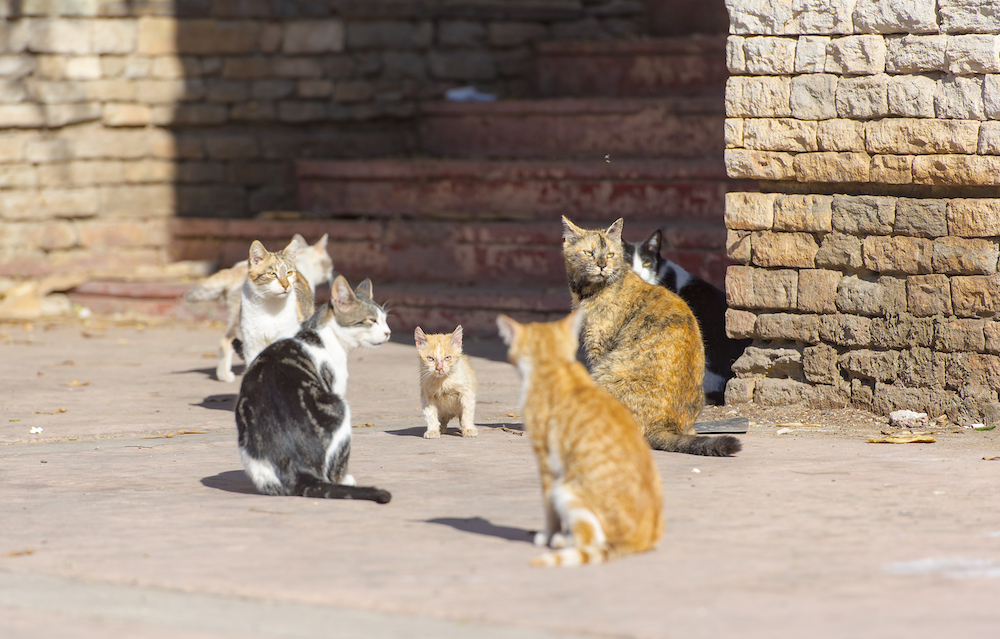
Even PETA supports a feral cat cull in Australia, recognising the devastating effects they have on our native wildlife.
So how is it that there are whole groups of animal activists protesting the cull, calling the action cruel and unconscionable? Just one petition alone garnered 8,973 signatures. In a Facebook video about Australian cat hunters, there were hundreds of people issuing death threats to the hunters out there trying to solve the problem.
So how have they got it all so wrong?
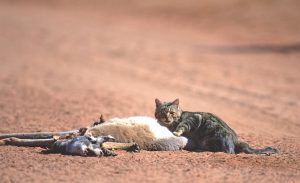 One of the biggest issues we see with animal activists is the detachment that they have with real nature (beyond what they see on television, or in a managed wildlife facility). Because they rarely venture beyond the safety of their urban dwellings, they have never witnessed the devastation a single feral cat can cause. When they think of cats, they imagine the cute, cuddly furball curled up on their couch (and there’s nothing wrong with loving your pet cat). But acting like pet cats and feral cats are the same, and that feral cats are just homeless and need some love is a dangerous way to think.
One of the biggest issues we see with animal activists is the detachment that they have with real nature (beyond what they see on television, or in a managed wildlife facility). Because they rarely venture beyond the safety of their urban dwellings, they have never witnessed the devastation a single feral cat can cause. When they think of cats, they imagine the cute, cuddly furball curled up on their couch (and there’s nothing wrong with loving your pet cat). But acting like pet cats and feral cats are the same, and that feral cats are just homeless and need some love is a dangerous way to think.
It seems that many animal activists might need a reality check on the damage feral cats are causing.
Feral cats and the Australian environment
Both feral cats and domestic cats are causing problems for wildlife all around the world. But for the purpose of this article, we will look just at the damage feral cats are causing to the Australian environment.
Just like feral donkeys, it is very hard to accurately count the true number of feral cats in Australia. Estimates range from 2 million to as high as 6 million, but most conservative studies put the number of feral cats in Australia at somewhere around 4 million.
Wildlife biologists and conservationists believe that each feral cat kills between 5 – 30 animals a day and that, contrary to popular belief, cats do not just kill for food. All cats (both domestic cats and feral cats) are surplus killers. This means they kill for fun as well as food. That’s why you’ll often see your pet cat bring you a dead mouse and leave it uneaten on your doorstep.
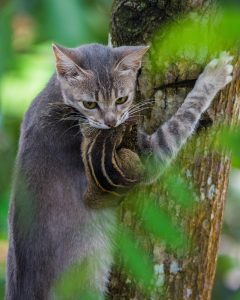
Now you do the maths. Taking current estimates of feral cat populations and the lower end of the scale on how many animals they will kill in a day, you have four million cats killing five animals each per day.
4,000,000 x 5 = 20 million animals a day.
Granted, many animal activists doubt the estimates on feral cat numbers. But even if we were to give them the benefit of the doubt and assume there were only half a million feral cats in Australia, that’s still an awfully large number of animals being killed by cats each day (~2.5 million animals per day).
Extrapolate this over 365 days and feral cats are directly responsible for somewhere between 912.5 million and 7.3 billion animals. If the upper scale was taken (6 million feral cats each consuming 30 animals a day), that number soon rises to a staggering 211 billion animals per year!
Now contrast that to the horror that the world is currently expressing at potentially half a billion animals dying in the Australian bushfires, and you can quickly see feral cats are a much greater problem for our wildlife biodiversity than even bushfires.
In fact, scientists believe feral cats are directly threatening the survival of over 100 native species in Australia. According to the Department of the Environment and Energy in Australia, feral cats have already caused the extinction of some ground-dwelling birds and smaller mammals, and are a major threat to endangered animals such as bilbies, bandicoots, bettongs and numbats.
And this is just one animal that the animal activists are currently trying to protect! Below is a list of some of the other feral animals the activists are trying to save, all of which do untold damage to our environment and native animals:
- 200 million rabbits
- 7.5 million foxes
- 1.2 million camels
- 2.6 million goats
- 24 million pigs
- 5 million donkeys
Of the 21 completely extinct animals in Australia, the fox and the feral cat have directly contributed to the extinction of 19 species.
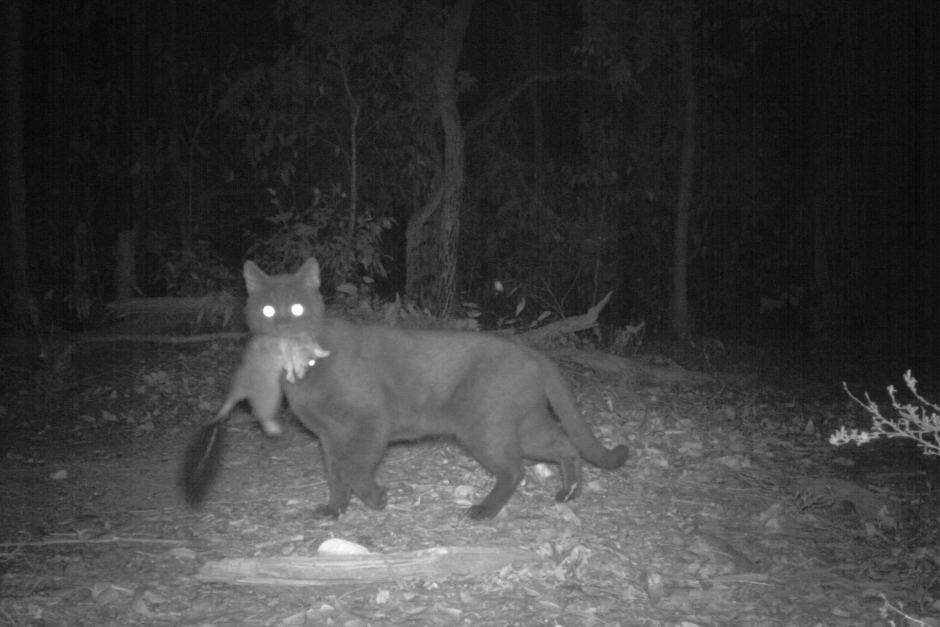
And remember, this is Australia only. Extrapolate these problems around the world and you’ll quickly see that the current ideology of these animal rights activists is not only unsustainable; it’s downright irresponsible.
Animal activists and the Disney Effect
So how do animal activists get it so wrong?
We blame the Disney Effect. Animal activism is centred around the anthropomorphism of animals – the belief that animals have the same feelings, emotions and family structures as humans. We see this mirrored in Disney and Hollywood all the time, where animals talk, think and even love like humans, and where animals are given human names, human traits, and even the same family structures as humans.
This leads people to believe that animals are sentient and therefore have the same rights as humans.
This view isn’t just inaccurate, it’s dangerous.
For starters, animals themselves do not even view each other as sentient. Animals kill each other for a multitude of reasons. They kill for food, for fun, for protection, out of jealousy, or even just to bring a female into heat so she can mate.
At the end of the day, as humans, we have a responsibility to keep animal populations in check. To do otherwise is actually the height of human selfishness.
Sources:
See also
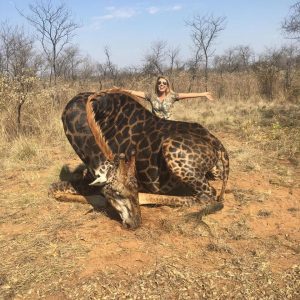
Do trophy hunters kill endangered animals?
Do trophy hunters really kill endangered animals? If you were to read the news headlines, you’d believe Tess Talley really did murder an endangered and rare black giraffe, but what is the truth?

Why hunting is necessary for true conservation
The Hon. Robert Borsak, SFFP spoke to members of the NSW parliament about animal control and why hunting is necessary for true conservation.
Our other channels
Get our newsletter
Get our free monthly newsletter direct to your inbox
Listen on iTunes
Listen to our podcast on iTunes.
TV series
Watch I Am Hunter episodes on My Outdoor TV (MOTV)



9 thoughts on “Do animal activists do more harm than good?”